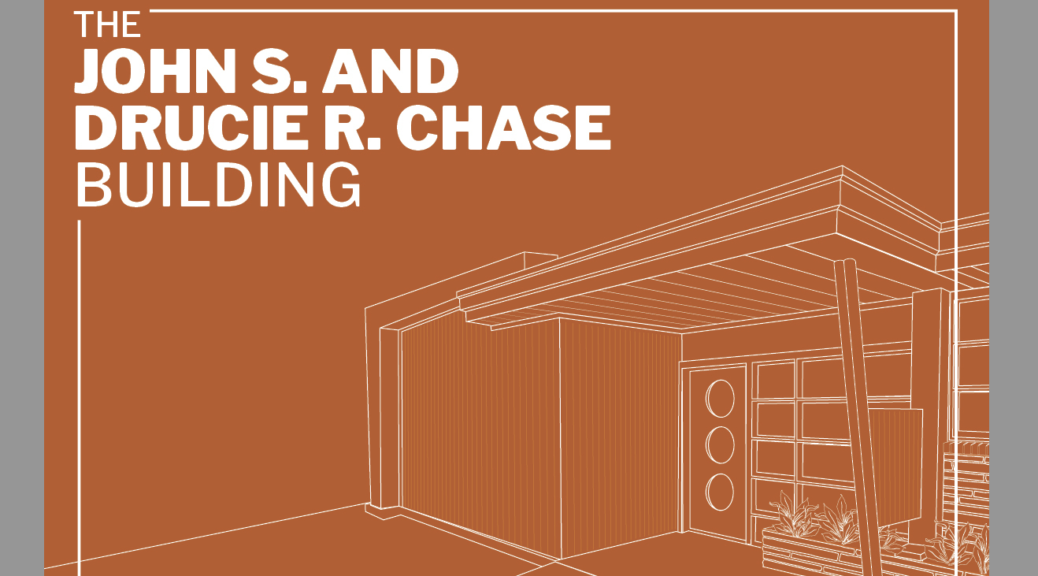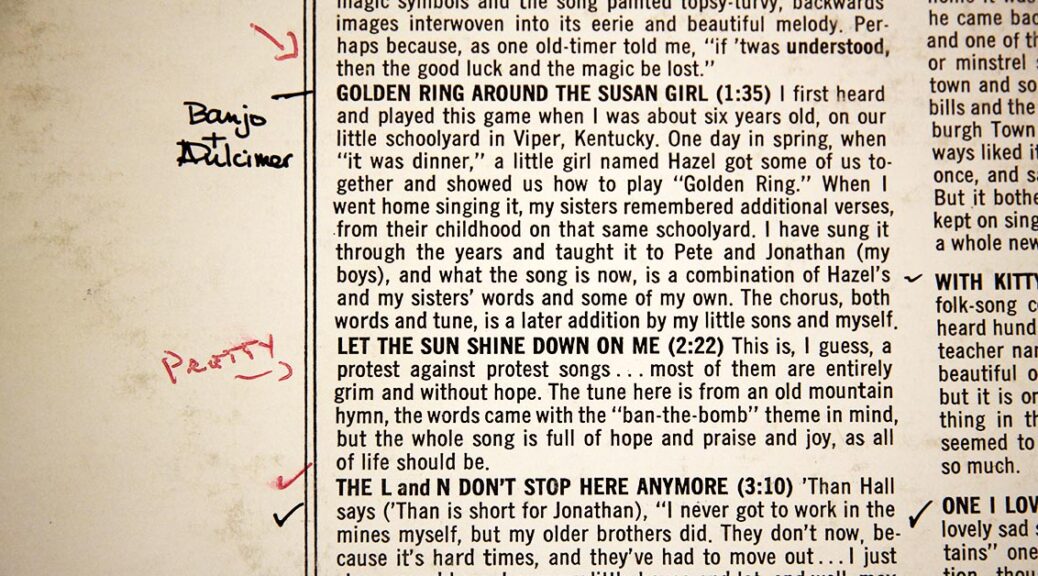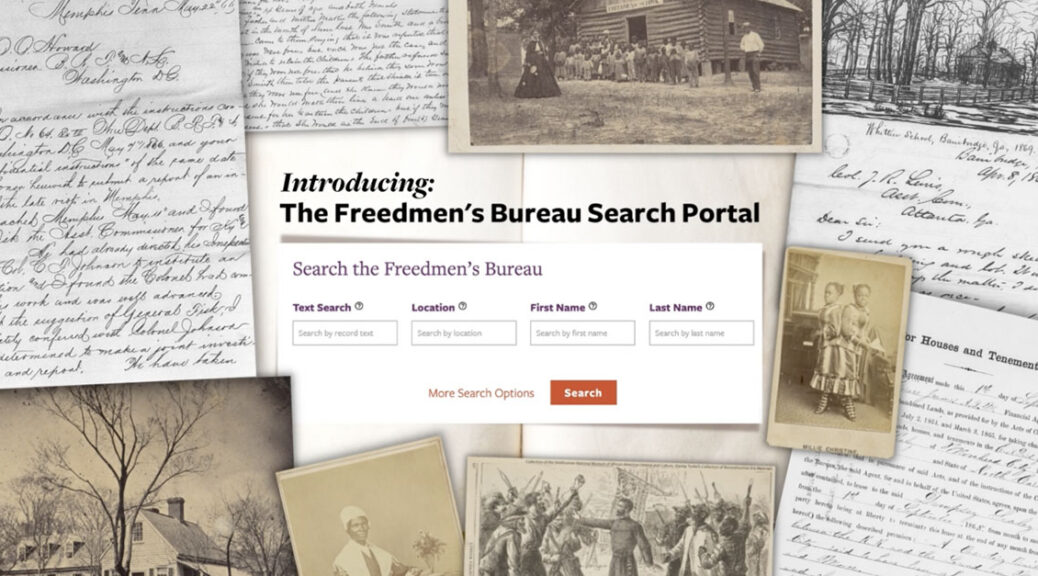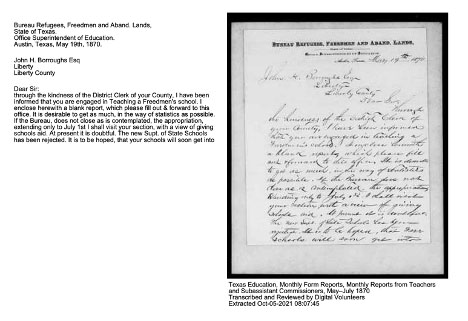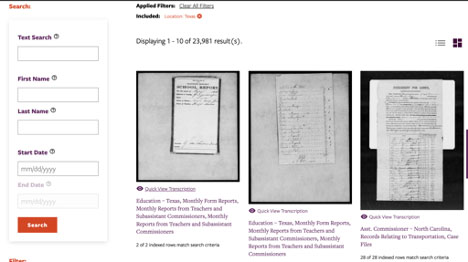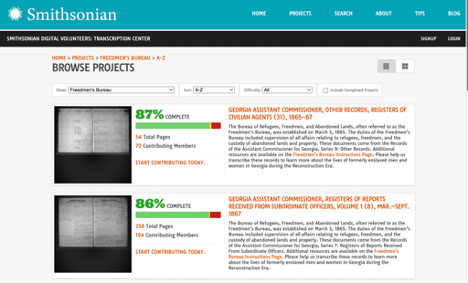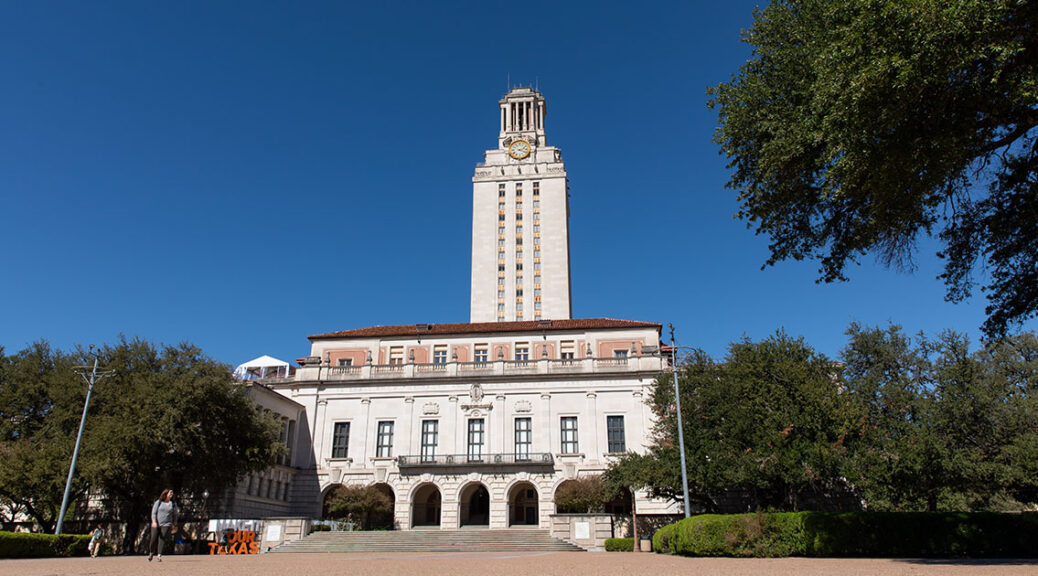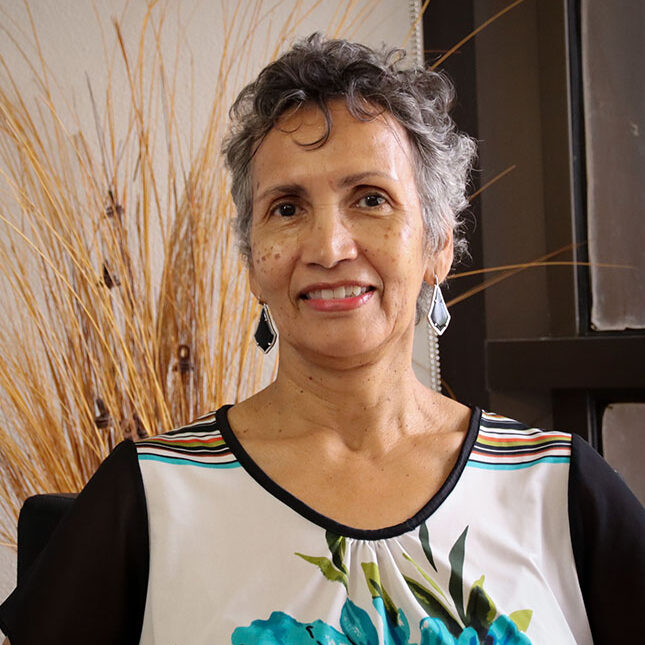BY JEREMY THOMPSON
The Black Diaspora Archive (BDA) at The University of Texas at Austin documents the Black experience in the Americas and the Caribbean through the voices and stories of those who have championed the Black spaces that we use and benefit from today. Diaspora is defined as the “dispersion of any people from their original homeland,” and often when evoked with the Black experience in America, means the historical movement and displacement of Africans from their native homeland.
For the Black community in Austin, diaspora is a much more recent and closer-to-home event as its established Black communities are under threat of disappearing. Through the use of oral histories, the John S. and Drucie R. Chase Building Archive tells the story of the herding of the Black community into East Austin, the Black establishments and schools that grew during this time, and the subsequent displacement that has occurred in recent times. While much has changed for the Black community in East Austin, one building has stood in service of its community while enduring its own share of transformation.

The building at 1191 Navasota Street in East Austin was built in 1952 to house what was then the Colored Teachers State Association of Texas (CTSAT). The CTSAT commissioned the building to serve as its headquarters and tapped John Saunders Chase as the architect to design the building. Chase was the first African American to graduate from the University of Texas at Austin’s School of Architecture and first to become a licensed architect in the state of Texas. The building that Chase designed would serve the CTSAT for 14 years before the association voluntarily dissolved in 1966 to merge with the Texas State Teachers Association. In 1968, the building was purchased by Dr. Ella Mae Pease and would become the House of Elegance. Now a beauty salon, the building served as a social hub for Black community in East Austin and a focal point for social events that Pease would facilitate. During its time as the House of Elegance, the building was added to the National Register of Historic Places.
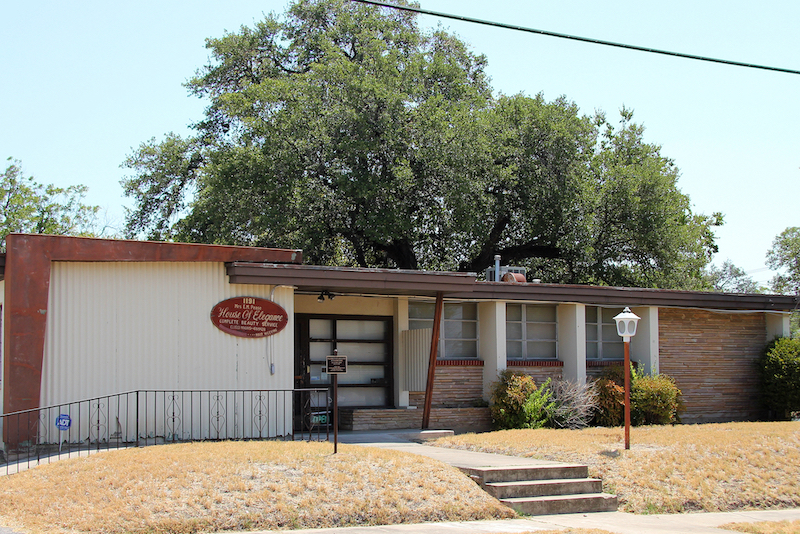
After decades of service, the building was purchased in 2018 by the University of Texas at Austin and christened the John S. and Drucie R. Chase Building. Dr. Suchitra Gururaj, Assistant Vice President for Community and Economic Engagement, explains the decision to purchase the building:
“The idea for renovating the building came about in 2017, when House of Elegance owner, Pearl Cox, decided to sell the property. Former UT President Greg Fenves saw an opportunity to bring prominence to the university with the purchase of the first property designed by John S. Chase, the first Black/African American graduate of UT’s School of Architecture. When the purchase was made, we proposed that the space be repurposed as our next Center for Community Engagement (CCE) of the Division of Diversity and Community Engagement (DDCE). We consider the CCE to be the ‘front porch’ of our university, inviting community members and residents to connect with a large, decentralized, and often intimidating university that has not always welcomed people from diverse communities. In re-creating the Chase Building, we were not only able to celebrate Mr. and Mrs. Chase’s legacy but also to create a new life for the building that represented the intersection of diversity and community engagement. Like successful community engagement practice, our process of renovation was also collaborative, drawing on the mentorship of Donna Carter and relying on the expertise of Dorothy Fojtik and Nathan Goodman at UT Project Management and Construction Services. Over the period of the renovation, the project transformed from a simple university construction project into a true labor of love.”
Donna Carter, the first African American woman to become a licensed architect in Austin, led the effort to renovate the Chase Building. In 2022, the Chase Building reopened as the base for the Center of Community Engagement (CCE). This department within UT’s Division of Diversity for Community Engagement works to deploy university resources to foster connections with the community and meet community needs. In an effort to document the change that the Chase Building and East Austin have undergone over the years, the CCE began to conduct interviews with community members in 2019 and 2020 centering around the Robertson Hill neighborhood, the area that was home to the building. This project was advocated for by the Robertson Hill Neighborhood Association, which also suggested community members to interview for this project. The product of these interviews is the collection of oral histories and photographs that make up the John S. and Drucie R. Chase Building Archive. Housed in the BDA’s archival collection, these oral histories cover a range of topics including education, churches, and race and the City of Austin.
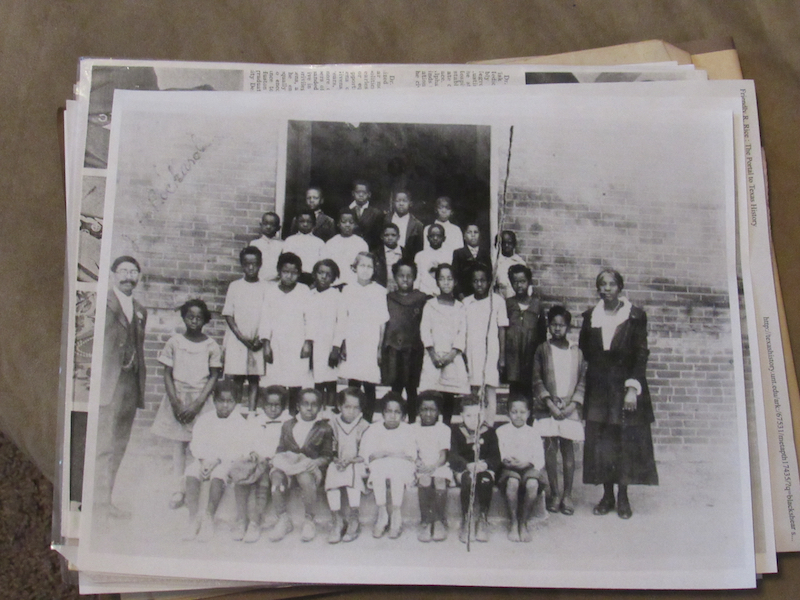
The Chase Building Archive consists of nine interviews with members of the East Austin community who have witnessed the change in the area. In her oral history, Mrs. Patricia Calhoun reminisces about growing up in the Robertson Hill neighborhood. She speaks about the streets that she grew up on that still remain today and the establishments in the community that do not. When talking about the importance of Black stories, Calhoun states, “Our stories are important to us because we’ve been here for generations, and yet the community is changing so rapidly that we could be erased without a thought.” This sentiment about the transformation of East Austin and the diminishing presence of its original community is observed throughout the collection. Mr. Clifton Vandyke Sr. jokingly remarks during his interview that “if we aren’t careful, this will be just like visiting a museum where people will come and say this is where African Americans used to live.” These quotes can be found on one of the four curated vignettes, “Storytelling and History,” that weave together common themes found throughout the assorted oral histories.
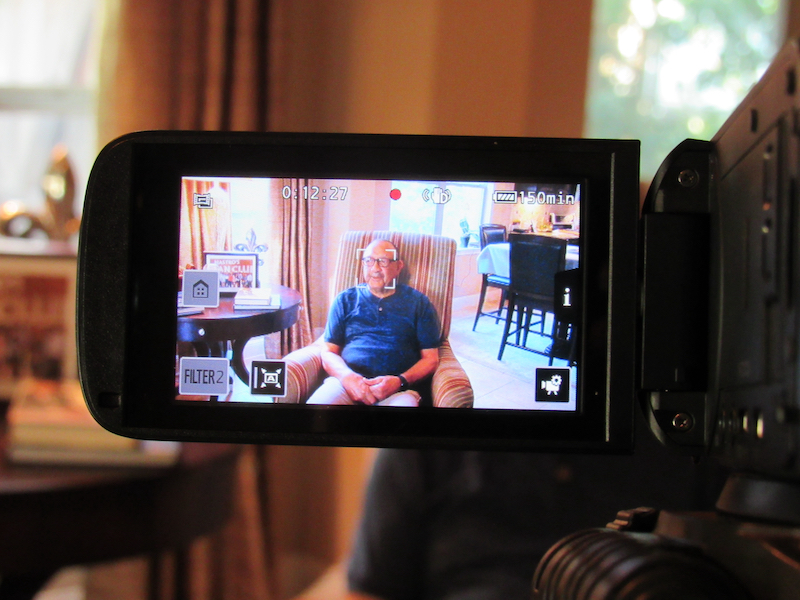
Another vignette that can be found in the collection revolves around education and its importance with the community. Memories of attending schools like Blackshear Elementary School, Kealing Middle School, and Huston-Tillotson University testify to the many outlets available for education and the community’s pursuit of it. Ms. Lydia Moore spoke about the opportunity to choose which school she could attend after desegregation: “We had been told we would be the first group to have that opportunity to go anywhere we wanted to, but that we’d be ready. We need not be afraid. We need not feel inferior. But we would be ready.”
The thirst for education within the community sprouted from wanting not only to survive, but thrive in the world. The sentiment of wanting to thrive in East Austin is shared throughout the collection and can also be found in CCE’s efforts to collaborate with the community from the Chase Building. Stephanie Lang, Director for community-facing programs at CCE, expresses the aim of this collection: “As historic East Austin continues to change rapidly, the amazing legacy of these communities are at risk of erasure. This archive is but one of the many efforts being done to preserve these stories and provide a way for many generations to access, reflect on, and honor this important history.”
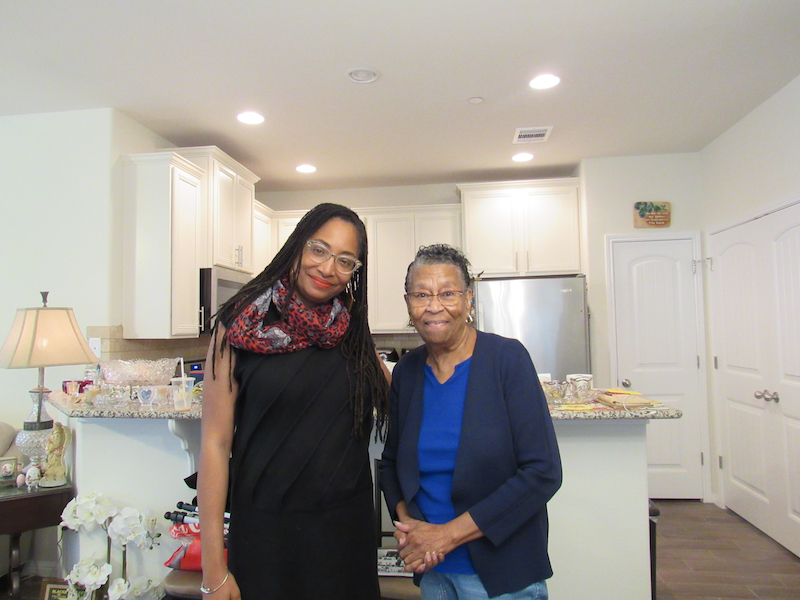
Rachel Winston, Black Diaspora Archivist and steward of the BDA, states, “As we celebrate the legacies of John and Drucie Chase, the work of CCE, and the history of the Chase building, it is necessary to also recognize the local community that has made all of this possible. The interviews in this collection offer an incredible glimpse into the lives and experiences of Austinites from historic, Black East Austin.”
The John S. and Drucie R. Chase Building Archive is stewarded by the Black Diaspora Archive and can be accessed through a variety of avenues. The oral histories and photographs can be accessed online via the University of Texas Libraries Collections portal, here. The analog artifacts of the collection have been described in the collection’s TARO finding aid and can be requested in the Benson Latin American Collection’s rare books and manuscripts reading room. For more in-depth history about the Chase Building, visit CCE’s showcase on it and their series of videos centered around the building and its surrounding communities. Collections like the Chase Building Archive provide us the opportunity to learn how Black communities and spaces come about, and warn us about the diaspora that looms with their absence.
Jeremy Thompson is a Diversity Resident Librarian at the University of Texas Libraries.

